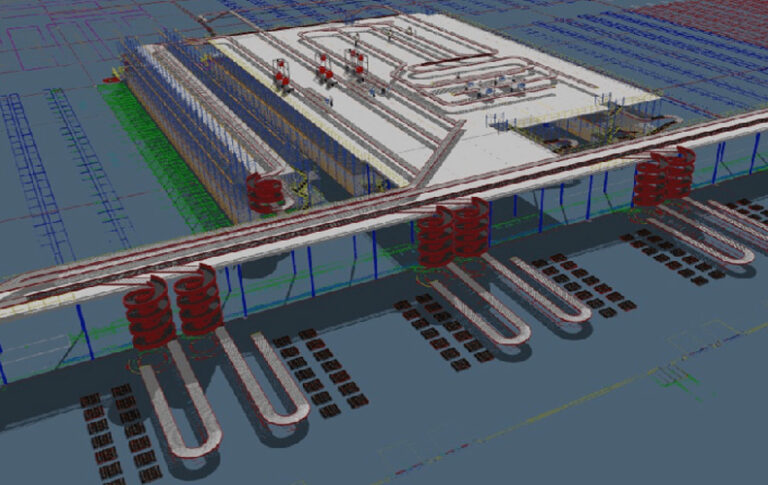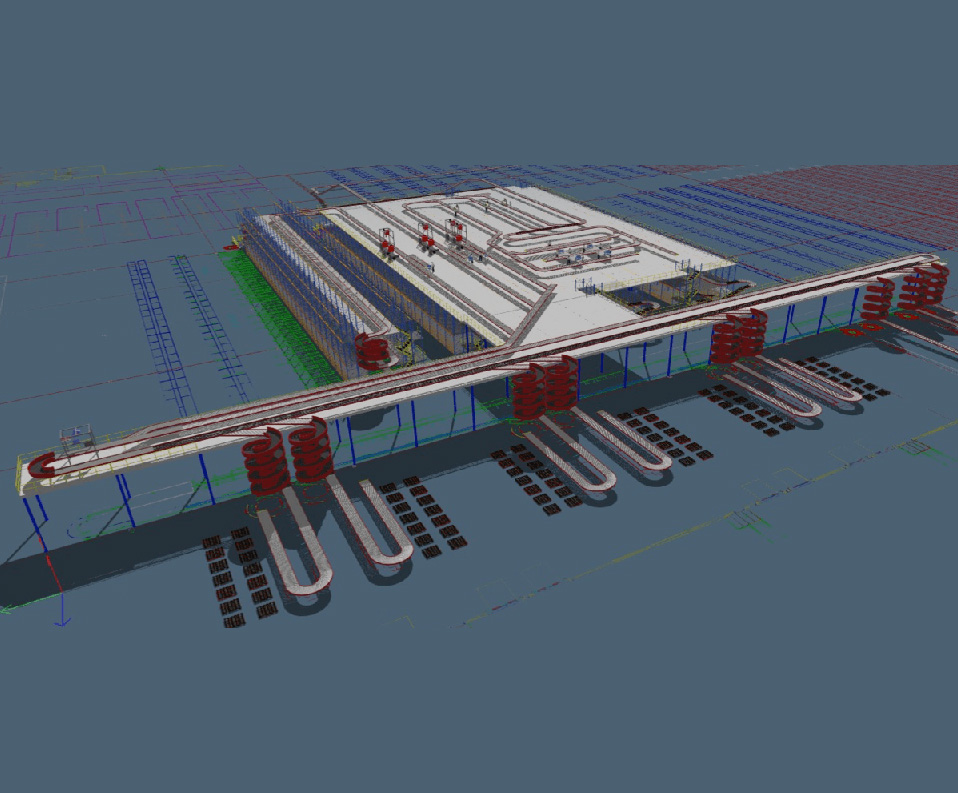
In an earlier post, we discussed how upfront planning to define the right DC design road map can lead to free warehouse automation thanks to a rapid ROI generating significant cost savings. Studies show that best-in-class companies that emphasize continuous improvement, invest in value mapping to streamline processes, and collaborate across departments in warehouse design improvements gain the following benefits:
A project that focuses only on cost through head count reduction misses the opportunity to consider other gains achieved through investment in automation. Lean only designs can generate some benefits, but not at the same level that a holistic warehouse design evaluating order flow across the entire operation. The best means to achieve the highest ROI is to start with a design and process flow that focuses on people and processes, and then considers which blend of technologies delivers the best ROI.

Value Stream mapping begins by asking two questions, “what adds value to customers?”, and “What steps can be eliminated or combined into a single step?” In layman terms, the goal of value stream mapping is to identify what a customer will pay for, and how it makes executing the customer experience more profitable.
It is an exercise of discovery that creates a flowchart of what you’re doing today, including all the steps and touches, and identifies which steps add value and which are wasted. The goal should be to eliminate as much of the waste components as possible throughout your entire order fulfillment process.
The As-Is flowchart creates a step-by-step overview of your entire process in order to identify opportunities for improvement. In a warehouse operation an As-Is flowchart begins by documenting all of the touches associated with the pick, pack, and ship process. This typically represents the highest labor cost areas in the DC.
The next step is to drill down into each of these steps and ask, “Where is the value?” As you ask this, keep in mind, customers pay for value – they don’t pay for wasted steps and multiple touches, wherever waste is present, you are absorbing these costs in the operation and damaging your bottom line.
Customers don’t care if you have to move an each, case, or pallet four or five times before it is ready to ship. The end customer doesn’t consider if you use paper, RF terminals, or pick by voice to manage the pick and pack process. Customers don’t care about your internal operational inefficiency, unless it affects their experience or business!
After completing the current DC flow charts, post the flow chart on the conference room wall and have the team collectively review the operation. You won’t have to ask “Which of the steps in the process that we’re doing right now add no value to the customer?” Several will jump right out! Then begin brainstorming and collaborating on how to eliminate the non-value steps, which will increase customer value.
You may currently pick-to-tote, use an inefficient cart, or manually pick and pass orders at several steps in the operation. It is up to you to decide if you want to absorb the higher cost of labor and inefficiency that stems from error prone picking processes that require secondary validation at QC to prevent errors. Waste and secondary touches drive higher costs per shipment, and need to be identified and eliminated for the Value Stream Mapping Initiative to be successful.
Ultimately, customers only care about getting the right product on time, at the lowest delivery cost. The Warehouse Education Research Council (WERC) has studied this topic extensively and created a metric companies can compare themselves against called The Perfect Order Practice.
The Perfect Order Practice focuses on the following four metrics: 1. Rate of accurate order fill – meaning the percentage of orders picked and packed complete, 2. Correct documentation, 3. Arrive damage-free, and 4. Delivered on time! Companies scoring high in these categories are on average 17.5% more profitable.
A lean pick, pack, and ship process should score high across the board on all components of The Perfect Order Practice. Conducting a Value stream mapping study provides companies with the opportunity to identify how your company scores on The Perfect Order Practice metric. This study will allow you to focus on what steps need to be taken to achieve warehouse operational improvements, and ultimately enable you to define what software and automation technologies can be deployed to enforce better processes and practices.
Equipping people with technology that allows them to perform faster and more accurately combined with a low-touch process is a good place to start in an initial phase. Consider what technologies enforce the improved practices and build accuracy into the operation. Technology decisions should be made after you’ve leaned up and value-mapped the order fulfillment process flow.
Can you guess what great technology will obtain the above? A hint…….it starts with v and ends in e. Pick by Voice technology can be a low cost game changer for most order fulfillment operations!
It is vital to focus on “better” processes that can be improved or are adaptable to future changes. For example, it’s sufficient to begin with a new design that takes a mediocre picking process and improves it to a good, sound pick-to-tote process. Then, as a second step, once you have the SKU cube and weight database thoroughly tested, you can make additional incremental changes to improve the process with functionality such as picking directly into the shipping carton.
Order picking operations can be improved from discrete order picking to batch picking using push cart and fork truck carts. Batch picking reduces travel and visits to the same item storage positions, and thrives when combined with proper velocity based slotting of SKUs. Also, a “Speed Pick” process can be interleaved during the batch pick, which speeds up single SKU shipments by picking them all to a tote in one stop.
If you have questions or would like to augment your team’s expertise as you go through this process, the Numina Group is here to help. Our engineers are here to create improvements in distribution and order fulfillment, and help you select and implement automation technologies that result in rapid, measurable improvements for higher profitability throughout your order fulfillment operation. Please contact us today to discuss warehouse process improvement questions and your thoughts and goals.
Learn more by calling sales at (630) 343-2622.

The Numina Group
10331 Werch Drive
Woodridge, IL 60517
630-343-2600
How the Right Warehouse Automation Decisions Can Solve Your Labor Woes As the economy roars